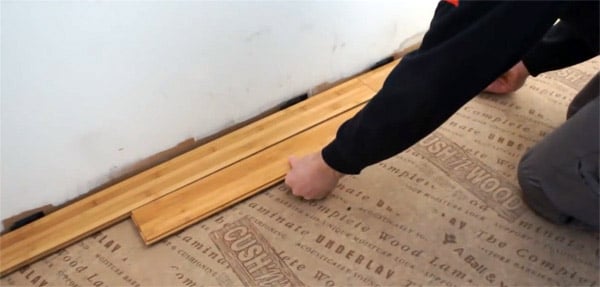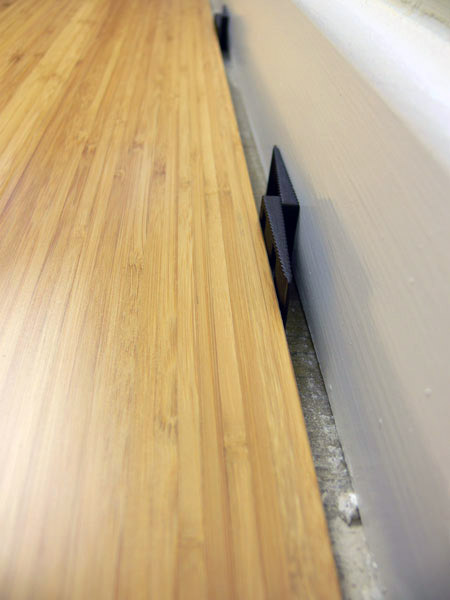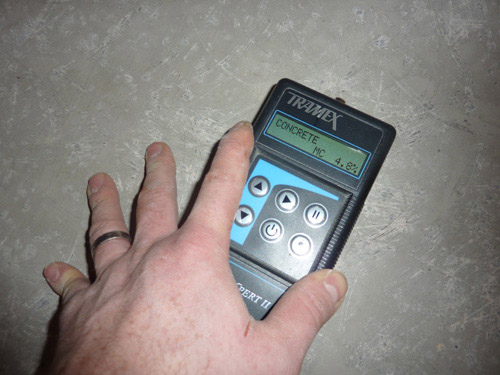Bamboo flooring is very durable and versatile so can be installed in a number of different ways depending upon the existing subfloor in your property and whether or not you require underfloor heating or an underlay.

Preparing your subfloor
Prior to installing your Bamboo floor you must ensure that the subfloor is of a good standard and prepared properly, otherwise your Bamboo flooring may be compromised, resulting in damage appearing after installation. To ensure your subfloor is of a sound quality it must be flat, level and dry.
Check whether the subfloor is flat and level by using a spirit level or straight edge. If it is not level then a wooden subfloor can be lined with plywood of at least 8mm or for a concrete subfloor a levelling compound can be used to smooth out any undulations.
Ensure the subfloor is dry by using a wood floor moisture meter. The Moisture Content (MC) should be below 6% MC for a concrete subfloor and 16% MC or below for wooden floor boards, joists, plywood or chipboard. If the subfloor is not dry, then it should be allowed to dry naturally before being tested again.
Installing your Bamboo Floor
Different installation methods need to be used depending on the existing subfloor in your property. Below is a quick guide to which method is recommended.
When installing your Bamboo floor, an expansion gap of at least 10mm should be left around the perimeter of the room to allow for the flooring to expand and contract naturally. Floor spacers can be used during installation to ensure the correct size gap is left. If no expansion gap is left, or it is not big enough, the flooring may warp, raise and break up as it naturally moves.

As with any flooring installation, it is always advisable to use a professional floor fitter who has experience and knowledge of the type of floor that you wish to install.








